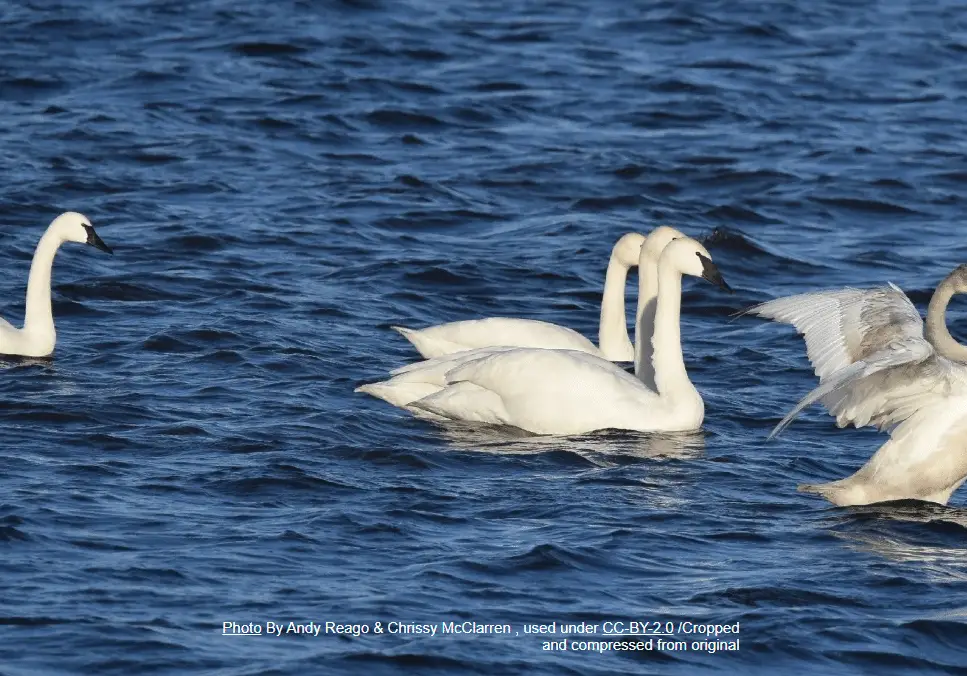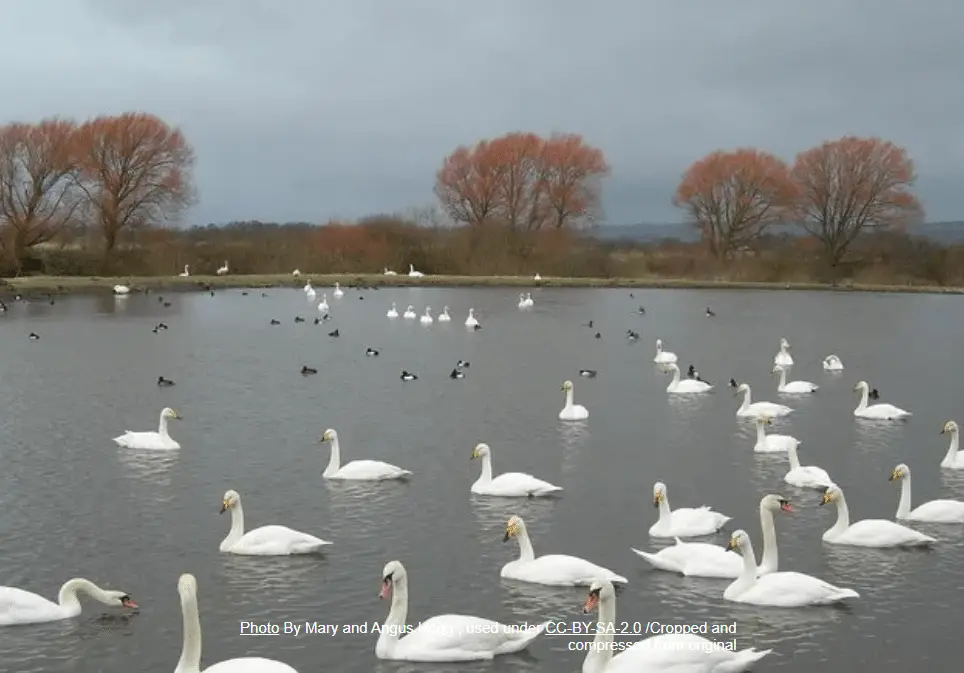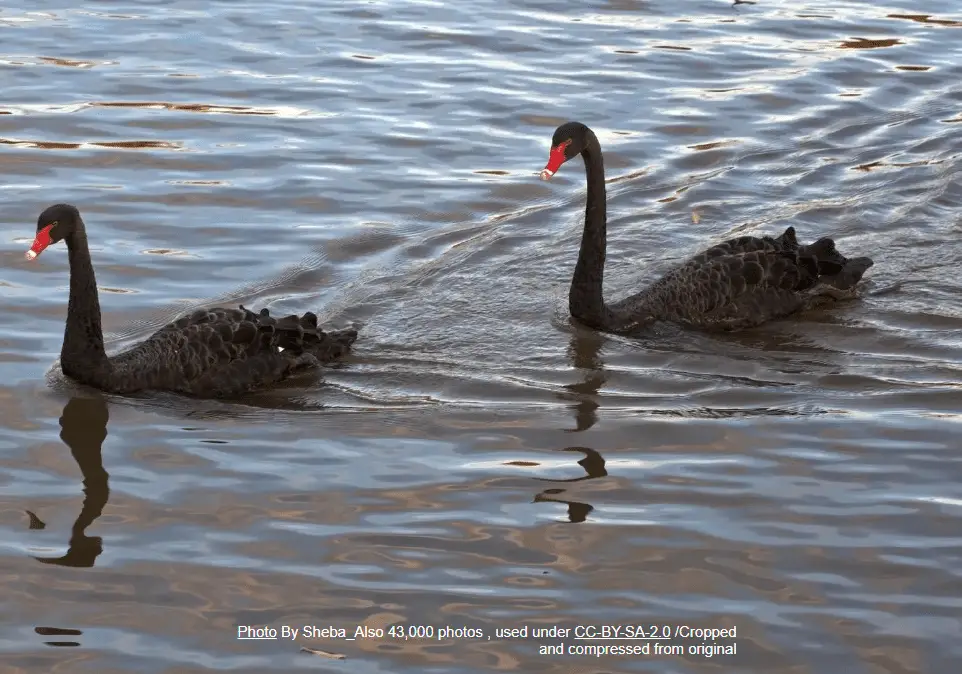Have you ever stopped to observe a swan? There is something magical about these regal creatures, something that captures the imagination and transports you to a world of tranquility and pure beauty. Today, I'm taking you on a journey of discovery secrets of the swansthose details that make them so special and fascinating.
The first time you see a swan, there is always a moment of wonder. With their long elegant neck, snow-white plumage and regal bearing, swans exude a beauty that hardly goes unnoticed. But have you ever wondered what makes swans so graceful? The answer lies in their nature: they are creatures designed by nature not only to be beautiful, but also incredibly agile in the water.
The swan is a symbol of beauty and grace, but also of strength and resistance. These creatures spend much of their lives in the water, swimming elegantly or foraging for food in rivers and lakes. Their grace is undeniable, but it is their ability to adapt and thrive in various environments that makes them truly unique.
Behind the scenes of the life of swans
Have you ever wondered what do swans eat? These creatures have a surprisingly varied diet that includes aquatic plants, algae, small fish And even insects. This rich and balanced diet contributes to their majestic presence and bright plumage.
Speaking of life cycle of a swan, it's fascinating to watch as these creatures transform from small, fluffy chicks to majestic adults. Their growth is a fascinating journey that encompasses the resilience and beauty of nature.
Where to observe swans in their nature
Every winter, thousands of tundra swans they migrate towards the Carolina of the North Eastern, where they spend time resting, eating and taking care of their plumage. These swans come from two main population groups, following migratory routes: a larger one in the East and a smaller one in the West. Most eastern swans breed in Arctic wetlands and then migrate more than 3,000 miles to spend the winter along the East Coast.
The wetlands and refuges of eastern North Carolina, such as Pea Island, Lake Mattamuskeet and Pocosin Lakes National Wildlife Refugesbeyond Lake Phelps In the Pettigrew State ParkI am habitat critical for these swans during the winter. These places offer nature enthusiasts the unique opportunity to observe swans in their natural environment, especially at dawn when the swans leave their night resting places to go to feed.
Swans are waterfowl charming people known for their elegant beauty and regal bearing. Belonging to the Anatidae family, swans are among the most big birds flying aquatics. There are several species of swans, each with their own distinctive characteristics. Here is an overview of some of the best-known species, with details on height, weight and other relevant information.
Mute Swan (Cygnus olor)
- Height: Approx. 120-160cm
- Weight: 8-12 kg for males (heavier males), 7-8 kg for females
- Distribution: Europe, Northwest Asia; introduced to North America
- Particularities: Notable for its white plumage and orange bill with a prominent black bump at the base. It is one of the best known and widely distributed species.

Trumpeter Swan (Cygnus buccinator)
- Height: 138-165 cm
- Weight: 10-12.7 kg, with some individuals reaching 17 kg
- Distribution: North America, primarily in the Northwest and Midwestern states
- Particularities: Recognized for its long neck and powerful, trumpeting call. He is the heaviest swan in the world.

Lesser Swan (Cygnus columbianus)
- Height: 115-140 cm
- Weight: Approx. 4.5-8 kg
- Distribution: Arctic and sub-Arctic of North America and Eurasia; migrates south in winter
- Particularities: Smaller than the more common species, it has white plumage and a black beak with a small yellow stripe.

Whooper Swan (Cygnus cygnus)
- Height: 140-160 cm
- Weight: 8-12 kg
- Distribution: Northern Europe, Asia and, in winter, up to Japan and China
- Particularities: Notable for its melodious song which has inspired many legends and myths, it features a yellow and black beak.

Black Swan (Cygnus atratus)
- Height: 110-140 cm
- Weight: 5-8 kg
- Distribution: Native to Australia, introduced to other parts of the world
- Particularities: As the name suggests, this swan is completely black with a vivid red beak. It is unique among swans for its unusual color.
Each species of swan has its own peculiarities, from the color of the plumage to the type of preferred habitat, from diet to migratory habits. These magnificent birds continue to capture man's imagination and have a special place in the culture and traditions of many societies around the world.
Conservation and threats
The swan diet is changed in time; while in the past they fed mainly on aquatic vegetation in coastal lakes and inlets, today they do they feed more and more waste grain and winter wheat in agricultural fields, a cause the decline of natural vegetation. This change highlights the importance of protecting and maintain their natural habitats.
Conservation efforts include activities such as monitoring of migratory movements, for which swan catching and ringing sessions are organised. These programs not only help to better understand the habits of swans but also provide the opportunity to educate the public on the importance of protecting these majestic birds and their habitats.
The presence of swans adds a unique sonic dimension to the landscape, with their soft calls and rustling wings when flying at low altitude. These experiences immersive reminders of the importance of connect with nature and the need for actively engage in its conservation.
And you, have you ever had a special experience with a swan that you would like to share? Tell us your story and join the conversation about the importance of protecting these magnificent animals.
#majestic #world #swans #guide #species
